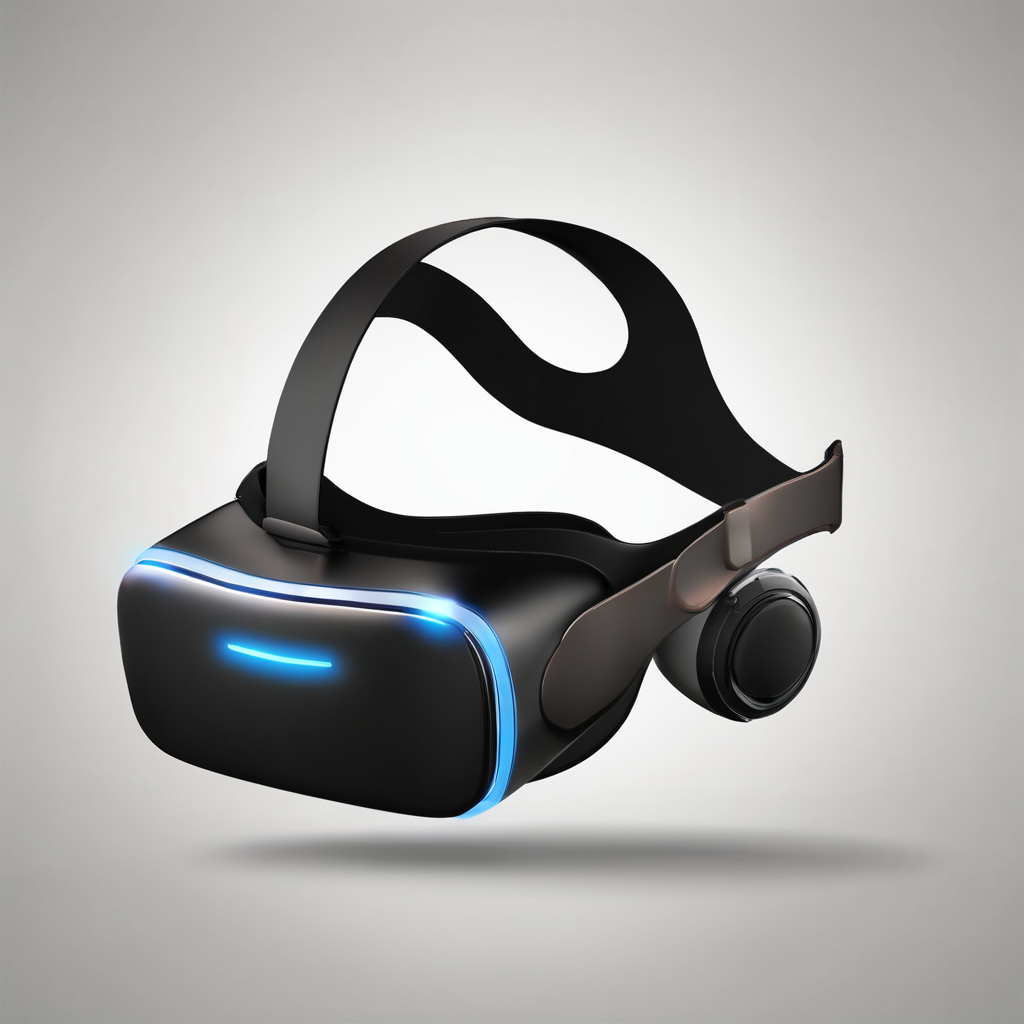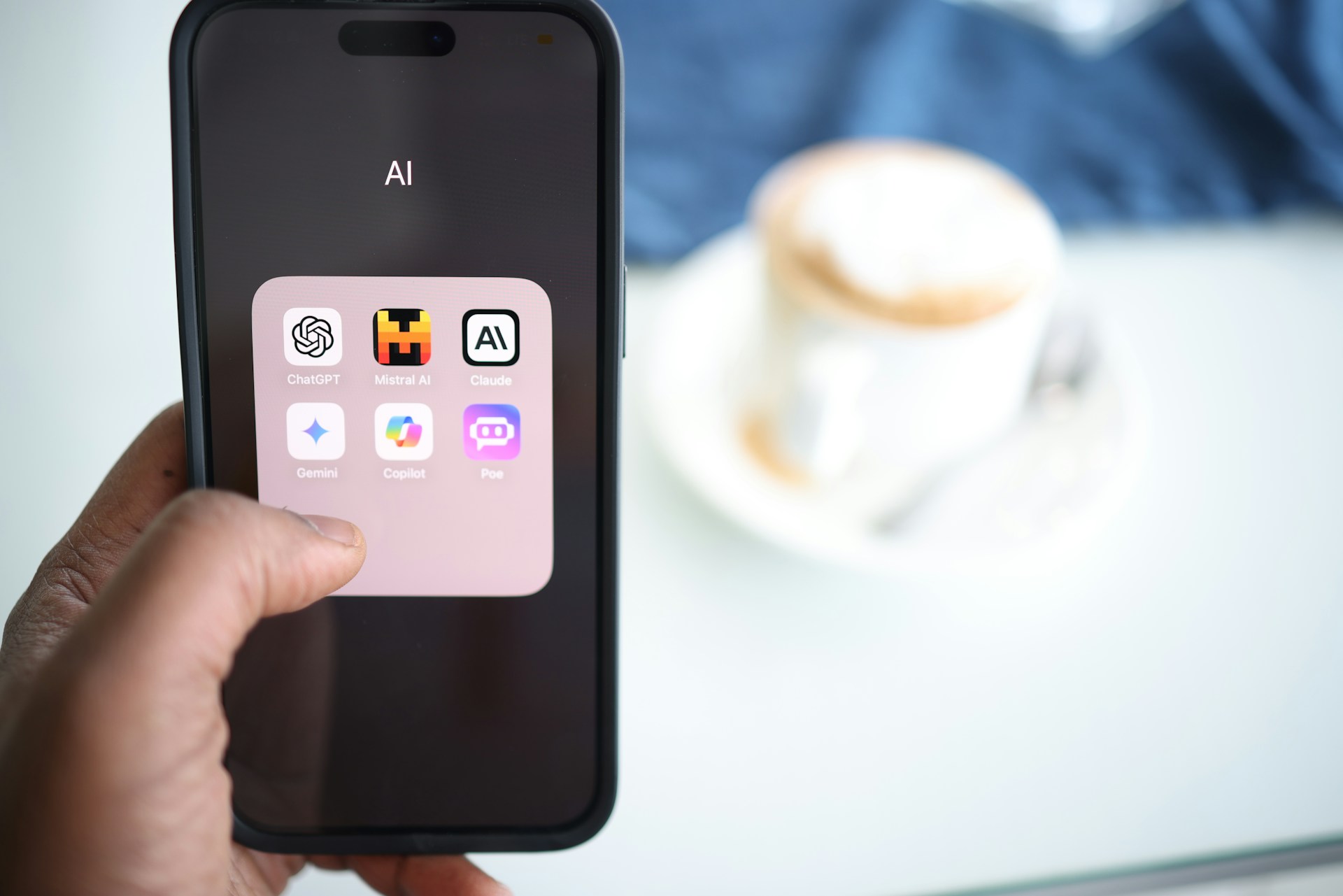In the ever-evolving landscape of digital technology, augmented reality (AR) has carved out a significant niche. Once the preserve of high-end tech companies and developers, AR is now accessible to anyone with a smartphone. Whether you are a hobbyist, business owner, or simply curious, creating your own augmented reality experiences has never been easier. This article will walk you through the essential steps to transform your visions into a digital reality using your smartphone.
Understanding Augmented Reality
Before diving into the creation process, it’s crucial to understand what augmented reality is and how it works. Augmented reality overlays digital information—such as images, sounds, and text—onto the real world through your smartphone’s camera. Unlike virtual reality, which immerses users in a completely digital environment, AR enhances the real world by adding interactive elements.
Also to read : What Are the Methods to Utilize Smartphones for Real-Time Weather Forecasting?
AR technology has diverse applications, from gaming and education to marketing and healthcare. The proliferation of AR-capable smartphones means that virtually anyone can create and experience AR. To get started, you will need a smartphone with AR capabilities, a reliable AR app, and a clear vision of the AR experience you want to create.
Choosing the Right Tools and Platforms
The first step in creating an AR experience is selecting the right tools and platforms. Several user-friendly AR platforms are available that cater to different levels of expertise and project requirements.
Also to discover : How to Set Up a Smart Lighting System at Home Using Your Smartphone?
AR Development Platforms
- ARKit (iOS): Apple’s ARKit is a powerful framework for creating AR experiences on iOS devices. It provides advanced features like motion tracking, environmental understanding, and light estimation.
- ARCore (Android): Google’s ARCore enables AR development on Android devices. It offers similar functionalities to ARKit, including motion tracking and environmental understanding.
- Unity with Vuforia: Unity is a versatile game development engine that, when combined with Vuforia, becomes a robust platform for AR development. This combination is popular among developers for creating cross-platform AR experiences.
- Spark AR Studio: This platform by Facebook allows users to create AR effects for Instagram and Facebook. It is particularly useful for those interested in social media AR experiences.
AR Apps
If you prefer not to delve into coding, various AR apps can help you create AR content without requiring comprehensive technical knowledge. Apps like ZapWorks, Wikitude, and Blippar offer user-friendly interfaces and pre-built templates to simplify the AR creation process.
Choosing the right platform depends on your project’s scope, your technical skills, and your target audience. For beginners, starting with a straightforward app can provide a good foundation before moving on to more complex platforms.
Designing Your Augmented Reality Experience
Once you have chosen your tools, the next step is designing your AR experience. This phase involves planning the content, interactions, and user experience.
Content Creation
Your AR experience’s success hinges on high-quality content. Depending on your project’s goals, you may need 3D models, images, sounds, or text. Here are some tips for content creation:
- 3D Models: You can create 3D models using software like Blender, SketchUp, or Autodesk Maya. Ensure your models are optimized for mobile devices to maintain performance.
- Images and Text: High-resolution images and clear, readable text are crucial for a seamless AR experience. Tools like Adobe Photoshop and Illustrator can help you create and edit visual content.
- Sound: Audio can enhance your AR experience, adding an extra layer of immersion. Use sound editing software like Audacity or Adobe Audition to create high-quality audio files.
Interaction Design
Interactivity is a defining feature of AR. Plan how users will interact with your AR content. Will they tap, swipe, or walk around the object? Consider the following:
- User Interface (UI): Design an intuitive UI that guides users through the AR experience. Buttons, icons, and prompts should be easily accessible and understandable.
- User Experience (UX): Focus on creating a smooth and enjoyable user experience. Test your AR content on multiple devices to ensure it performs well and is free of bugs.
Environment and Placement
AR experiences are influenced by the user’s environment. Consider where and how your AR content will be placed in the real world. Utilize features like plane detection and environmental understanding provided by ARKit and ARCore to seamlessly integrate digital objects with the physical world.
Developing and Testing Your AR Experience
With your design in place, it’s time to develop and test your AR experience. This step involves bringing your concepts to life through coding and rigorous testing.
Development
For those using ARKit, ARCore, or Unity with Vuforia, development involves writing code and integrating your content into the chosen platform. Even if you are using a no-code AR app, you will need to arrange your content and set up interactions. Here are some tips:
- Coding: Familiarize yourself with the programming languages used by your chosen platform. ARKit uses Swift or Objective-C, ARCore uses Java or Kotlin, and Unity with Vuforia uses C#.
- Integration: Import your content into the development environment and place it according to your design. Ensure that interactions and animations are smooth and responsive.
Testing
Testing is a critical phase that ensures your AR experience works as intended. Test your AR content on multiple devices to identify any issues and optimize performance.
- Device Compatibility: Ensure your AR experience is compatible with various smartphones. Check for differences in camera quality, screen resolution, and processing power.
- Performance Optimization: Optimize your AR content for performance. Reduce the polygon count of 3D models, compress images, and minimize the use of heavy scripts.
- User Testing: Gather feedback from users to identify potential improvements. Conduct usability testing to ensure that your AR experience is intuitive and engaging.
Launching and Promoting Your AR Experience
After development and testing, the final step is launching and promoting your AR experience. This involves making your AR content accessible to users and marketing it effectively.
Distribution
Choose the right distribution channels to reach your audience. If you have developed an app, publish it on app stores like the Apple App Store or Google Play Store. For social media AR experiences, ensure your content complies with platform guidelines and is easy to access.
- App Stores: Submit your AR app to relevant app stores. Follow the submission guidelines and provide detailed descriptions, screenshots, and videos to showcase your AR experience.
- Social Media: For AR effects on platforms like Instagram and Facebook, publish your content through Spark AR Hub. Promote your AR filters through posts, stories, and collaborations with influencers.
Marketing
Effective marketing ensures that your AR experience reaches a broad audience and generates interest. Utilize various marketing strategies to promote your AR content.
- Social Media Marketing: Leverage social media platforms to promote your AR experience. Create engaging posts, share user-generated content, and run targeted ads.
- Content Marketing: Publish blog posts, articles, and videos showcasing your AR experience. Highlight its unique features, benefits, and use cases.
- Influencer Marketing: Collaborate with influencers and content creators who align with your brand. Their endorsement can help you reach a wider audience.
- SEO: Optimize your content for search engines to increase visibility. Use relevant keywords, meta descriptions, and alt text to improve your SEO ranking.
In conclusion, creating augmented reality experiences using your smartphone is a multifaceted process that involves understanding AR, choosing the right tools, designing engaging content, developing and testing, and finally, launching and promoting your AR experience. By following these steps, you can bring your vision to life and create immersive, interactive experiences that captivate your audience.
Whether you are a novice or an experienced developer, the availability of user-friendly AR platforms and tools makes it possible for anyone to venture into the world of augmented reality. Embrace this exciting technology and explore its potential to transform the way we interact with the world around us.











